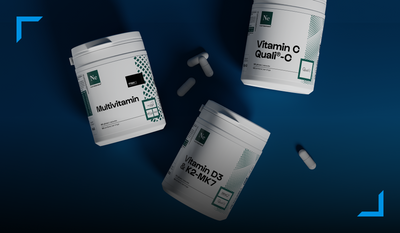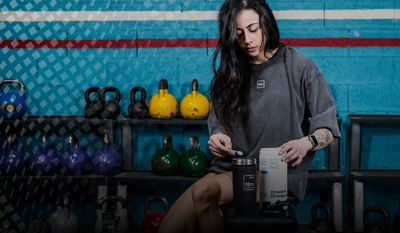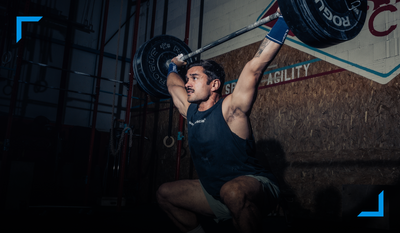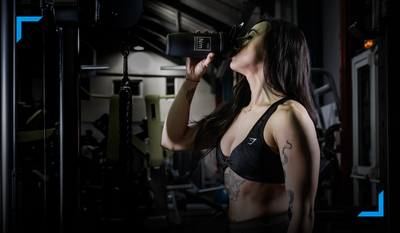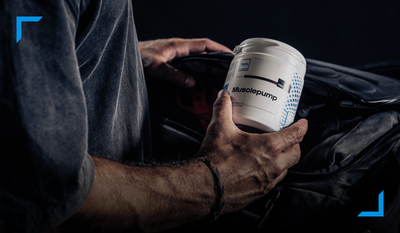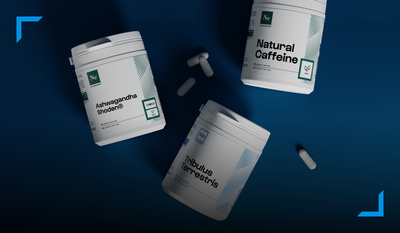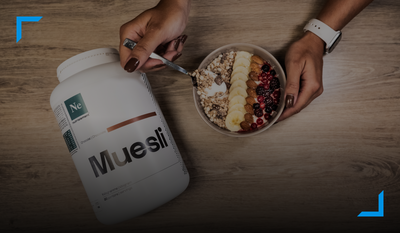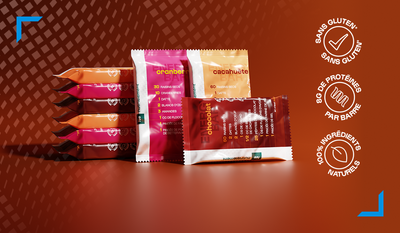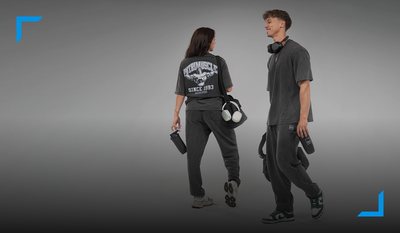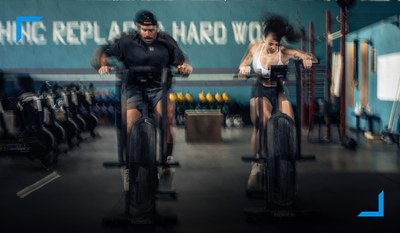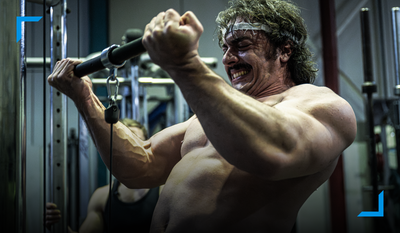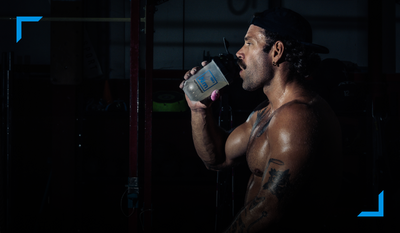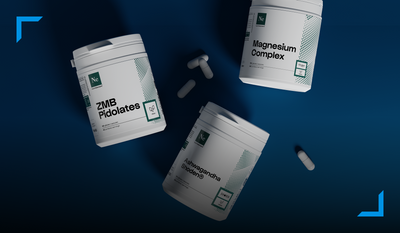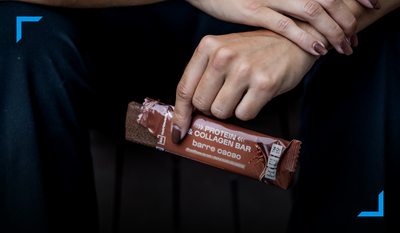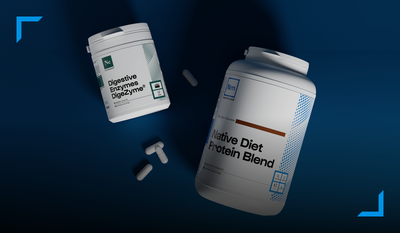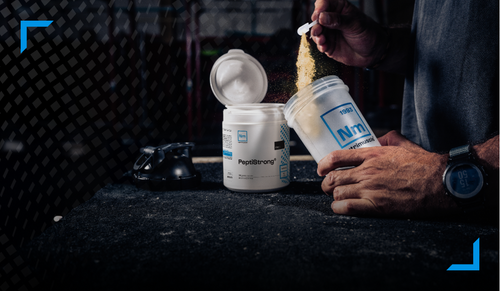0 commentaires
With the start of the school year over, it's time to get back to good habits or, for some, to adopt new ones. This period is the perfect time to set new goals and start gaining mass.
Contents
The interest of a weight gain in winter
How to organize your training and diet?
Which supplements to choose to start a mass gain?
The interest of a weight gain in winter
Gaining muscle mass is the phase in which muscle is built, by “destroying” the muscle fibers during training. Then comes a period of reconstruction of these fibers which takes place during the rest phase, thanks to food with proteins in particular: this is muscular hypertrophy.
A weight gain will serve the athlete either for aesthetic purposes, for sports performance or for gaining general strength.
In winter, our body needs more energy to fight against the cold and must have a higher caloric intake. We all know that in winter we tend to eat more than in summer. Indeed, the body must produce more heat in winter to stay at its usual body temperature (about 37°) and therefore draws more energy if its environment is cold: this is thermogenesis.
It is therefore appropriate to take advantage of this period to start gaining muscle, which can sometimes rhyme with gaining fat. This requires controlling what you eat, having a real food strategy and suitable training.
How to organize your training and diet?
training
This period of mass gain is the time to have fun with the workouts and to push a little heavier than in the dry, while making sure to perform the movements correctly.
The standard programs for successful mass gain are to be adapted according to the morphology of each one and can vary according to the preferences of the athletes. In general, a classic program recommends 4 exercises per muscle group (if the format of the training corresponds), with 3 to 4 sets of 8 to 12 repetitions per exercise. 2 to 3 minutes of rest between each series are necessary to recover.
Example for a chest program:
- Dumbbell bench press: 4 x 8 reps
- Incline bench press: 4 x 10 reps
- Dips: 4 x 10 reps
- Machine pec fly: 3 x 12 reps
Training must be accompanied by “off” or “rest” days, which allow the muscles and the nervous system to recover. Indeed, during a mass gain, the workouts make it possible to provide a more intense effort than in the dry and draw a lot of physical and nervous effort.
food
Food goes hand in hand with training. Without it, muscle gain will not be possible if calorie intake is not increased. The three macronutrients (proteins, carbohydrates, lipids) are essential for mass gain, with a prioritization of some according to the type of diet, but proteins remain central to muscle gain.
Breakfast is very important to provide the body with everything it needs, including protein. Indeed, there is an anabolic window upon waking (leucine receptors open after fasting, such as overnight), which allows the body to use proteins wisely.
The other anabolic window is the one after training, hence the importance of having a supply after your session.
This window is all the more important in periods of weight gain.
A good source of fat allows you to provide calories easily, and to reach your daily caloric total more quickly. 0.6 to 1 g/kg/day are recommended.
For carbohydrates, they must be varied and in sufficient intake to provide enough energy during the session. They will also be useful during this one. 3 to 5 g/kg/day are recommended.
Hydration is not to be neglected during training. It helps to maintain the proper functioning of the metabolism but also to maintain optimized performance.
Which supplements to choose to start a mass gain?
During mass gain, supplements are very useful and practical for athletes wishing to reach their daily caloric total and provide everything they need. With the classic diet, it is sometimes difficult to reach 1.5 to 1.8 g/kg/day of protein.
Faced with all the food supplements, it is important to choose those that correspond to your level, your metabolism, and your objectives. The choice will therefore be made according to each individual.
We are not talking about mass gain without talking about proteins. But then, among the different types of proteins that exist, which one to choose?
Whey Native is perfect for meeting the protein needs of athletes. If he is gaining weight rapidly, the combination of casein and whey from the Protimuscle is ideal.
Finally, the Peptopro or the Whey Native Isolate are interesting for the sportsman who wishes to have a rapid assimilation of the protein.
For successful mass gain, turning to gainers is a good solution to easily ingest calories. The Hard Gainer is ideal for those who have difficulty gaining weight. On the contrary, the Oat Egg Protein Lean Gainer will suit athletes who tend to gain weight too quickly.
During training, carbohydrates with a high glycemic index are beneficial, due to their speed of assimilation. These carbs will give you an immediate boost. This is the case of Maltodextrin or Dextrose which will have a sweeter taste. Cluster Dextrin is even more quickly assimilated and may be suitable for more experienced athletes.
In mass gain, the nervous system is put to the test due to more intensive training. Rest is therefore essential to optimize muscle gain and nerve recovery. A nervous system that does not recover can slow muscle gain. ZMB is your ally for recovery and sleep.
Creatine promotes strength gain and therefore allows muscle mass gain over the long term.
These different cases are to be adapted according to your profile, and some additions are interesting regardless of the level. For example, Collagen to prevent injuries or health essentials such as Vitamins and Minerals that promote mass gain.



